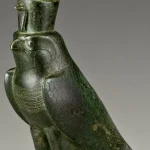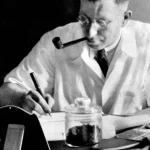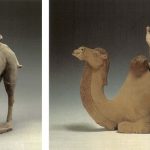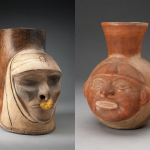The White Masai: A Passionate Leap and the Limits of Love
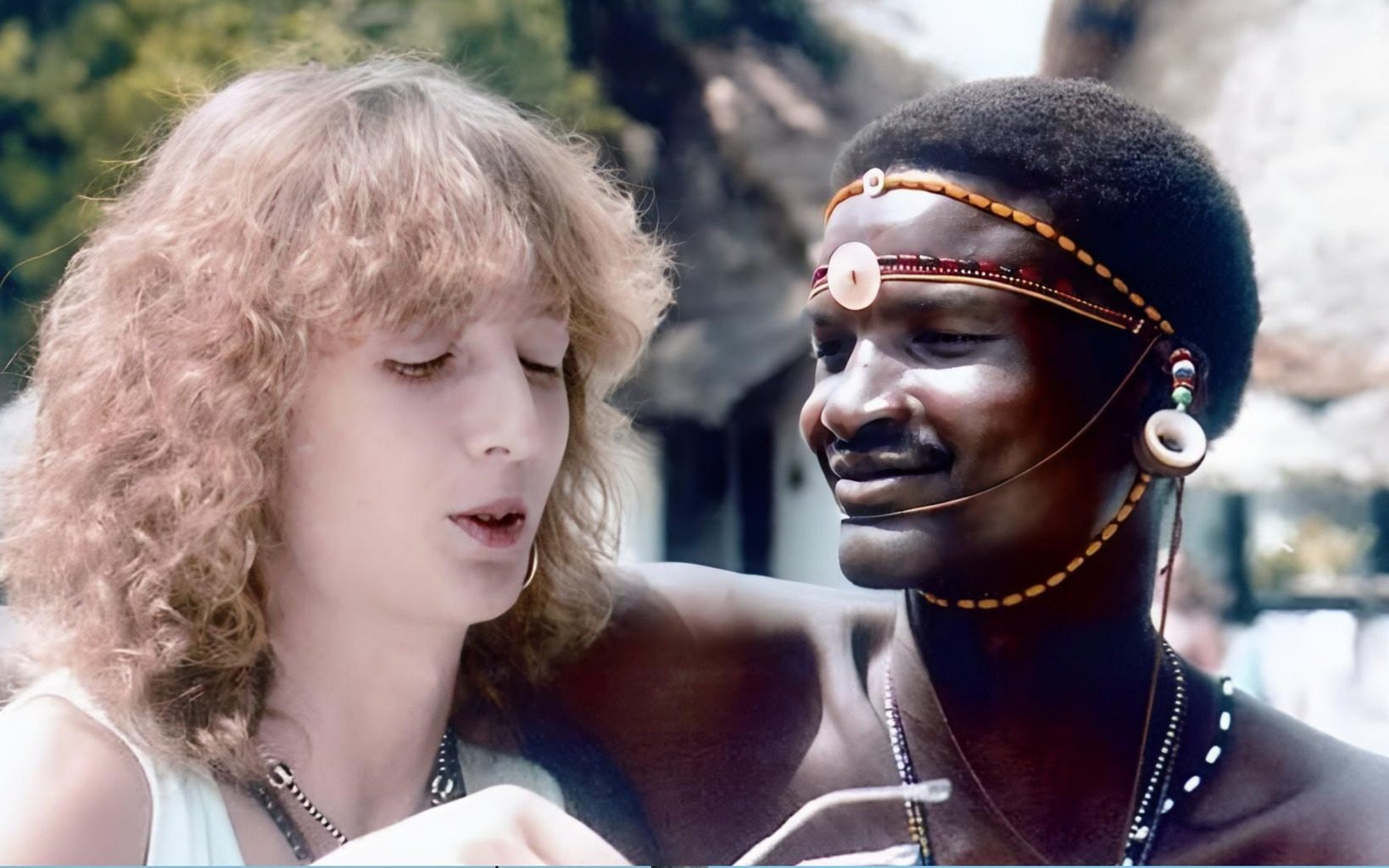
In 1986, deep in Kenya’s vast savannah, Swiss businesswoman Corinne Hofmann made a truly life-changing decision. Leaving behind her safe and comfortable European life, she followed her heart after falling instantly in love with a Samburu warrior named Lketinga. Dressed in a bright red Maasai costume, her sudden arrival in the remote tribal lands amazed the locals and marked the beginning of an extraordinary journey into a world few Europeans had ever experienced.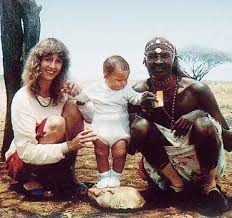
Bridging Two Worlds
Life in the Samburu village was profoundly challenging. Corinne had to adapt to strict traditions, harsh living conditions, and a culture diametrically opposed to her own. She survived on fresh milk and cow’s blood, participated in local ceremonies, endured bouts of malaria and loneliness, and navigated deep misunderstandings in her cross-cultural marriage. Yet, she also found ways to bridge her European background with her new reality by opening a small shop and, in 1990, gave birth to her daughter, Napirai, creating bonds and memories that would last a lifetime.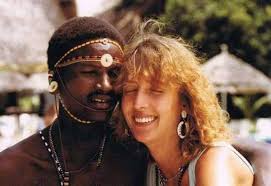
After four years of resilience and immersion, Corinne painfully realized that the fundamental differences between her European upbringing and her husband’s Samburu way of life were too vast to reconcile. In 1990, she made the difficult choice to return to Switzerland with Napirai, carrying with her the unforgettable experiences of love, hardship, and self-discovery.
Her remarkable story was later immortalized in the bestselling autobiography “The White Masai” (1998) and adapted into a film, remaining a timeless tale of courage, raw passion, and the sacrifices inherent in following one’s heart across worlds.





